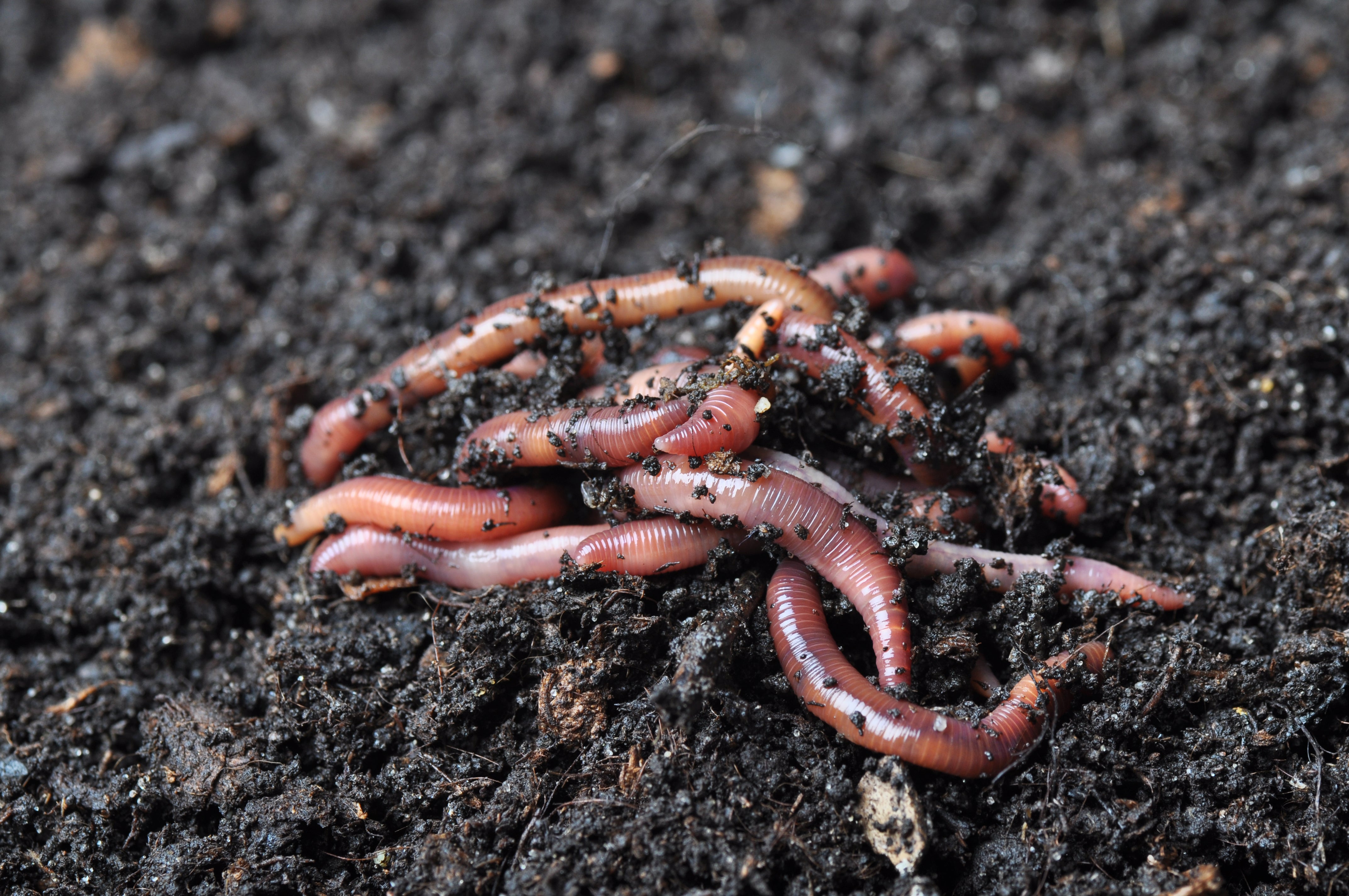The Ultimate Guide To Red Wiggler Express
The Red Wiggler Express PDFs
Table of ContentsRed Wiggler Express - An OverviewTop Guidelines Of Red Wiggler ExpressSee This Report about Red Wiggler ExpressThe Buzz on Red Wiggler Express
With the global press for sustainability and with green methods growing in appeal, individuals are lastly coming around and acknowledging the environmental advantages of red wiggler worms and composting. In this article, we'll talk about how vermicomposting supports lasting horticulture and the ecological advantages of red wigglers and various other earthworms.
This is the brief of it. If you intend to check out in-depth concerning red wiggles, we have a whole article committed to them right here. Now, allow's enter the nitty-gritty of just how these worms support lasting gardening methods and benefit the setting: Worm composting resembles a medspa day for your dirt.
When integrated right into your yard soil, these spreadings boost its structure, oygenation, and water retention. This helps with plant growth and health and does not need the use of any kind of chemicals. Did you understand that natural waste makes up a significant section of garbage dump product? And decomposing organic waste in land fills develops huge amounts of landfill gas (LFG), which is included around 50% carbon dioxide and 50% methane a greenhouse gas approximately 28 more effective than CO2.
By diverting your kitchen area scraps and yard waste into a worm composting container, you're properly reducing the amount of organic waste that ends up in landfills. It's a great deal for your garden and the earth. Ignore chemical fertilizers worm spreadings are the real offer. They're chock-full of necessary nutrients like nitrogen, phosphorus, and potassium.
The Facts About Red Wiggler Express Uncovered

Mix the nutrient-rich worm spreadings into your yard soil or utilize them as a leading dressing for potted plants. In a world where sustainability is ending up being significantly important, red wigglers radiate as unhonored heroes of gardening.
Composting might appear like old news, however doing it with a container complete of worms probably does not. Red wiggler worms provide wonderful benefits to the organic gardener, creating both a natural fertilizer and a reliable chemical.
Worm castings may be acquired at shops such as SBS in Vineyard Place or Winery Gardens in West Tisbury, but to elevate the worms in a compost bed and harvest your own spreadings is far more enjoyable. The work of these worms is a component of sustainable living. Red wigglers are aboriginal to horse manure, where they tunnel to lay eggs.
Indicators on Red Wiggler Express You Need To Know
(https://directory9.biz/details.php?id=267728)They can't make a great deal of it." He covers the bin with straw, then an item of old carpeting. "They like the warmth," he states. Lynn describes the manufacturing of castings and 2 usages: as a fertilizer and as a chemical. "They absorb decomposing matter. It passes with them and adds calcium to make this abundant earth," she says.
"We call it gold tea," states Lynn. "I did it to see if it would certainly make a distinction on white flies and aphids. My rosemary had a mold or fungus. After I splashed, right away it looked much better." The red wiggler is a prodigious dog breeder, laying eggs as commonly as once a week.
It takes three to 5 months for a baby worm to get to sexual maturity and the grown-up size of 3 inches. Their life expectancy is 4 to 5 years unless obviously they are used for lure. As freshwater fish bait, wigglers agonize responsible and endure undersea longer than standard earthworms.

As one of the Epigeic course of compost worms, the normally does not appear in dirts. Rather, it flourishes within the soils of ground covers, manure, and disintegrating plant life. The worm is red or reddish-brown in shade and has a smooth, round form. The clitellum, or saddle-like reproductive gland, lies about two-thirds of the method down the worm's body.
A red wiggler worm can grow up to 4 inches in size yet is typically only concerning two and a half inches. The worm has a tiny mouth located at the front of its head. It also has small bristles, called setae, which aid the worm relocation and anchor itself to surfaces.
